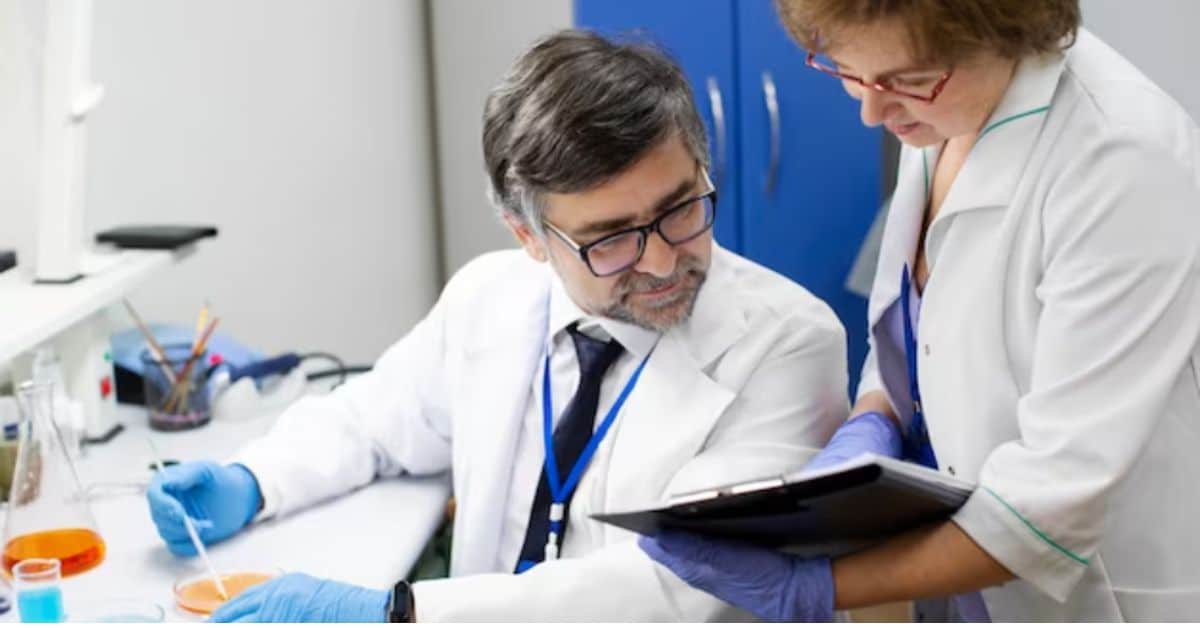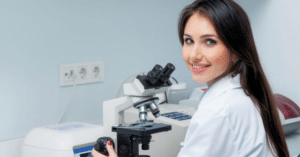Quality control plays a pivotal role in the field of diagnostics, where accurate results are of utmost importance for making critical healthcare decisions. Diagnostic procedures are the foundation of medical practice, guiding physicians in diagnosing diseases, monitoring patient health, and developing effective treatment plans. In this article, we will delve into the significance of quality control in diagnostics and how service providers ensure accurate results that positively impact patient care. In the realm of healthcare, accurate and quality diagnostics services as the cornerstone for effective medical interventions. The results of diagnostic tests directly impact patient care, making quality control an indispensable component of the diagnostic process. Experience excellence in diagnostics at the best medical testing laboratory in Patiala.
Importance of Quality Control in Diagnostics
Quality control ensures that diagnostic tests consistently yield reliable and accurate results. Inaccuracies can lead to misdiagnosis, delayed treatments, and compromised patient outcomes. Maintaining rigorous quality control measures guarantees that healthcare professionals can confidently rely on diagnostic findings. Uncover unparalleled insights into your health at the best medical testing laboratory in Patiala.
Challenges in Maintaining Diagnostic Accuracy
Various factors pose challenges to upholding diagnostic accuracy, including human error, equipment malfunction, and sample contamination. These challenges underscore the need for robust quality control protocols.Maintaining diagnostic accuracy refers to the challenge of ensuring that medical or diagnostic tests consistently provide correct and reliable results. Several challenges are associated with this goal:
Variability in Test Results:
Diagnostic tests can yield varying results due to factors like equipment differences, sample collection variations, and operator error, leading to inaccurate diagnoses.
Complex Conditions:
Some medical conditions have symptoms that overlap with multiple diseases, making it challenging to differentiate between them accurately, even with advanced tests.
Evolution of Diseases:
Diseases can change over time, altering their presentation and characteristics. Diagnostic criteria must adapt to these changes to maintain accuracy.
Role of Service Providers in Ensuring Quality
Diagnostics service providers play a crucial role in ensuring the accuracy of test results. These entities invest in state-of-the-art equipment, employ highly trained personnel, and adhere to stringent quality control practices to deliver reliable diagnostic information.Service providers are organizations or individuals that offer services to clients or customers. Ensuring quality in their services is essential to build trust, maintain customer satisfaction, and uphold their reputation. Here’s an overview of the role of service providers in ensuring quality:
Understanding Customer Needs:
Service providers must actively engage with customers to understand their needs, preferences, and expectations. This insight helps tailor services to meet customer requirements and deliver value.
Setting Standards and Processes:
Establishing clear standards, guidelines, and processes for service delivery is crucial. These standards serve as benchmarks for quality and consistency.
Training and Skill Development:
Service providers should invest in training their staff to enhance their skills, knowledge, and expertise. Well-trained employees are more equipped to deliver high-quality services.
Strategies for Effective Quality Control
Service providers implement multifaceted strategies for quality control, encompassing regular calibration of equipment, proficiency testing, and meticulous documentation of processes. These strategies collectively minimize the risk of errors and enhance diagnostic accuracy.
Technological Advancements and Quality Control
Advancements in technology, such as automated testing platforms and advanced data analysis tools, contribute to enhanced quality control in diagnostics. These innovations streamline processes and reduce the potential for human error.
The Human Factor in Diagnostic Accuracy
While technology plays a pivotal role, the expertise and attention to detail of laboratory personnel remain crucial for maintaining accuracy. Human oversight ensures that anomalies are detected, investigated, and resolved promptly.
Cost-Effectiveness and Quality Assurance
Effective quality control practices not only improve diagnostic accuracy but also contribute to cost-effectiveness. Timely and accurate diagnoses reduce the need for repeat tests and unnecessary treatments, leading to optimal resource utilization.
Collaboration Between Laboratories and Healthcare Providers
Close collaboration between diagnostic laboratories and healthcare providers fosters a seamless exchange of information. Clear communication ensures that test requisitions, patient histories, and clinical observations are considered, resulting in more accurate diagnoses.
Regulatory Guidelines and Standards
Regulatory bodies establish guidelines and standards that diagnostic service providers must adhere to. Compliance with these regulations ensures a consistent level of quality across the industry.
Continuous Improvement in Diagnostic Quality
Service providers engage in continuous quality improvement initiatives to enhance their diagnostic processes. Regular audits, data analysis, and feedback loops drive ongoing refinements.
Benefits of Accurate Diagnostics for Patient Care
Accurate diagnostics positively impact patient care by facilitating early disease detection, personalized treatment plans, and improved prognosis. Patients benefit from timely interventions and optimized healthcare outcomes.
Future Trends in Diagnostic Quality Control
The future holds promising advancements in diagnostic quality control, including real-time monitoring of test processes, integration of artificial intelligence, and enhanced interoperability between diagnostic systems.
Conclusion
In conclusion, quality control is an integral aspect of diagnostic procedures that cannot be understated. Service providers, equipped with cutting-edge technology, skilled personnel, and stringent protocols, play a pivotal role in ensuring accurate diagnostic results. The collaborative efforts of laboratories, healthcare providers, and regulatory bodies collectively contribute to elevated standards of diagnostic quality, ultimately benefiting patient care and overall public health.




